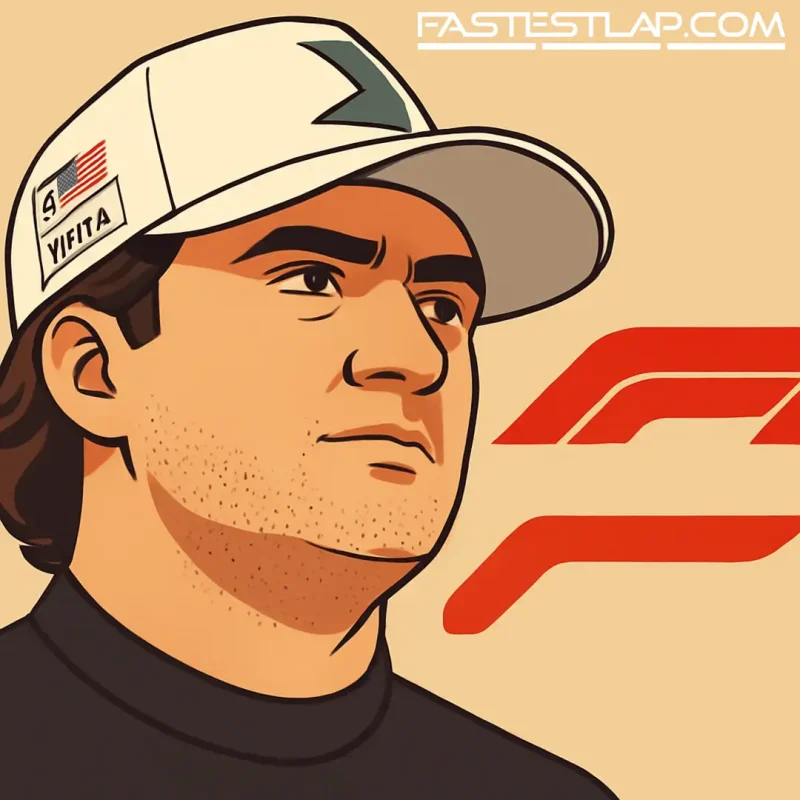Colton Herta is taking the long way round to Formula 1 — on purpose.
The nine-time IndyCar winner will step out of the American spotlight and into Formula 2 in 2026, a bold reset designed to finally bank the FIA Super Licence points that have kept him on the outside of F1 looking in. He’ll do it as Cadillac F1’s reserve driver, with the team’s CEO Dan Towriss calling it exactly what it is: a gamble.
“I’m confident Colton will get his shot, but he’s got to earn it,” Towriss said on the Off Track podcast. “He’s not entitled to the seat. He’s going over to prove that he belongs in Formula 1.”
That’s the crux. Herta’s talent has never been in doubt; the paperwork has. Despite his wins and Andretti backing, the Super Licence tally has stubbornly refused to add up. His 2024 IndyCar runner-up finish is worth 30 points, but tenth places in 2022 and 2023 only added one point apiece, leaving him at 32. With the latest IndyCar season now in the books, seventh in 2025 gives him four more — 35 in total across the most recent three-year window. Close, not enough.
So Herta will go where the points live. In Formula 2, finishing in the top three converts to an automatic 40 and clears the FIA gate; fourth pays 30; even eighth is worth six. Run the math for 2027 eligibility and the path is clear enough: carry over his 2024 (30) and 2025 (4), then score at least six in F2 next year and the barrier comes down. Eighth in the standings would do it.
It’s a move that cuts against the grain for an established IndyCar star, and that’s exactly why it stands out. “What I applaud most about him is his willingness to be uncomfortable,” Towriss added. “The most comfortable thing he could have done was stay in IndyCar… but he chose the unconventional path. He’s going to be going into F2. He’s got to learn tracks. He’s got to learn tyres… very different from IndyCar.”
Different is an understatement. F2 is a spec series with a razor-thin operating window, where mastering the Pirelli rubber — and the championship’s stop-start rhythm — often matters more than raw pace. The learning curve is steep, the margins brutal, and the calendar packed with European circuits Herta has limited seat time on. That’s the point. It’s immersion training for F1.
Cadillac can help around the edges, too. As a reserve, Herta is in line for FP1 mileage during the team’s debut campaign next season, with two rookie sessions mandatory per race driver. Four Fridays are up for grabs right there. The FIA awards one Super Licence point per 100km of practice (up to 10 for the year), which isn’t a fix on its own but could be a useful nudge if the F2 title fight doesn’t break his way.
There’s risk in all of this. Dropping into F2 at 26 is not a typical move, and the category isn’t always kind to big names parachuting in. But it’s also the cleanest, most controllable way to solve the Herta problem that’s lingered for years: prove it in the FIA’s own feeder series, tick the box, and make the debate go away.
For Cadillac, the calculus is similar. If Herta adapts quickly, they’ve got an American with race-winning credentials knocking on the door and fully licensed to step through. If it takes longer, they still bank a development season full of circuit knowledge, tyre experience and simulator correlation that’s directly applicable to the big show.
One more thing is certain: F2 in 2026 just got a lot more interesting. Herta brings speed, profile, and a clear target on his back. He’ll know the stakes. So will everyone else on that grid.
He wanted a fork in the road. He picked the one with potholes and possibility. Now it’s on him to make it pay.




